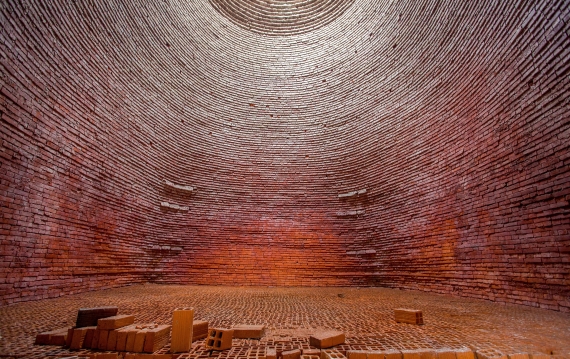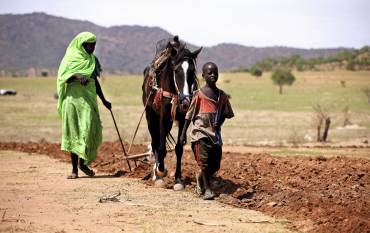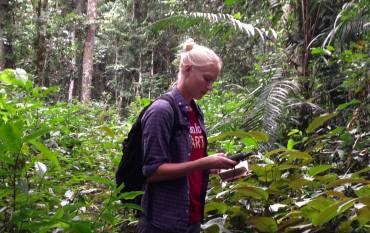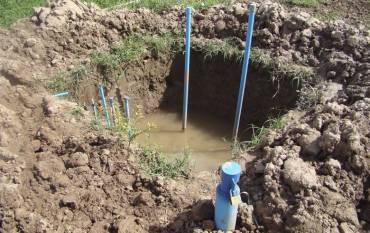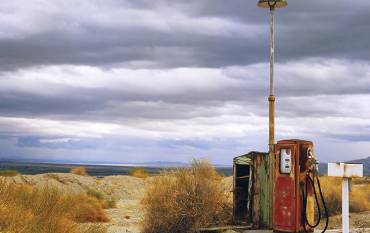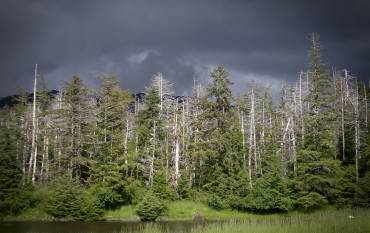The Stanford School of Earth, Energy & Environmental Sciences is now part of the Stanford Doerr School of Sustainability.
This page is currently being maintained for archival purposes only. For the latest information, please visit us here.
Human Dimensions and Sustainability
January 11, 2016
Stanford Woods Institute for the Environment
January 4, 2016
Stanford School of Earth, Energy & Environmental Sciences
January 4, 2016
Stanford School of Earth, Energy & Environmental Sciences
December 5, 2015
Stanford Center on Food Security and the Environment
Elsa Ordway's research examines the rapidly growing palm oil industry in Cameroon, with the aim of identifying where palm oil expansion can occur while protecting rainforest ecosystems and the livelihoods of smallholder farmers.
December 4, 2015
Stanford School of Earth, Energy & Environmental Sciences
December 4, 2015
EOS
An ambitious, new initiative involving Stanford Earth researchers aims to take the pulse of the planet by capturing the past, present, and future status of the Earth's surface systems.
October 29, 2015
Stanford School of Earth, Energy & Environmental Sciences
October 23, 2015
Stanford News Service
Research by Stanford Earth PhD student Nik Sawe shows that our emotions can override the brain's calculations, leading to otherwise irrational decisions like charitable donations.
October 15, 2015
Stanford School of Earth, Energy & Environmental Sciences
- ‹ previous
- 4 of 5
- next ›
Subscribe to Earth Matters
A free monthly bulletin for your inbox



